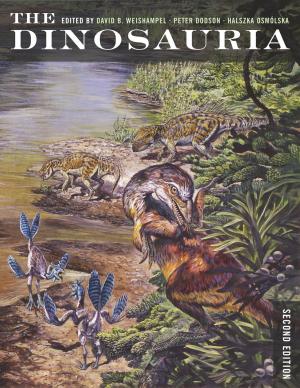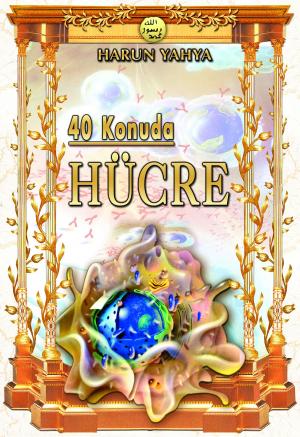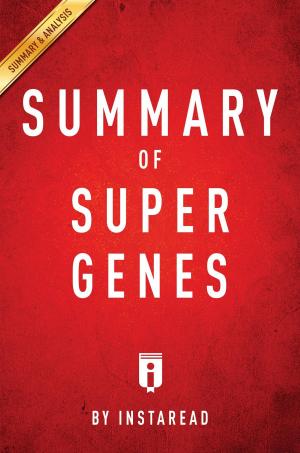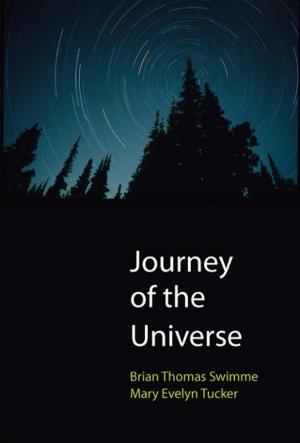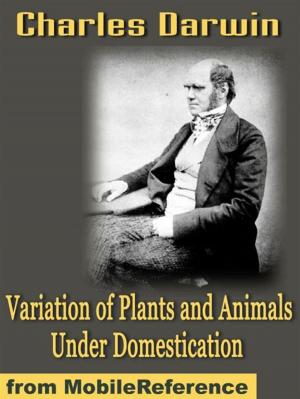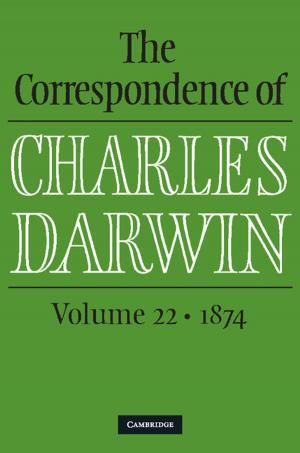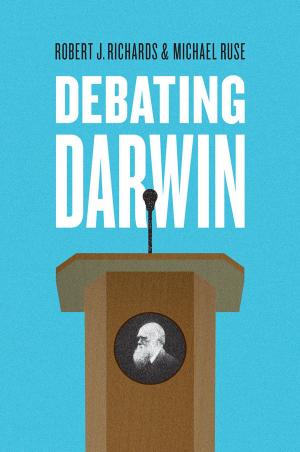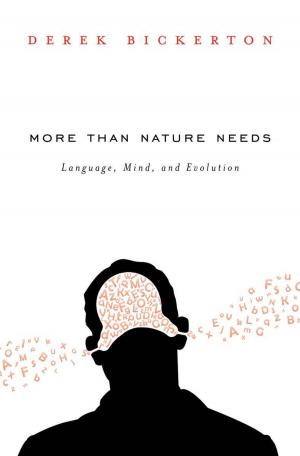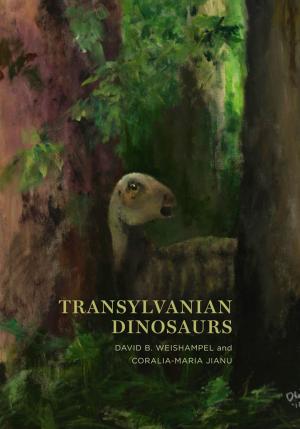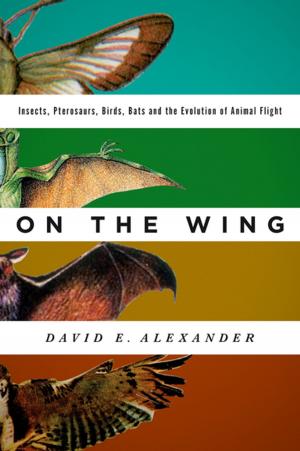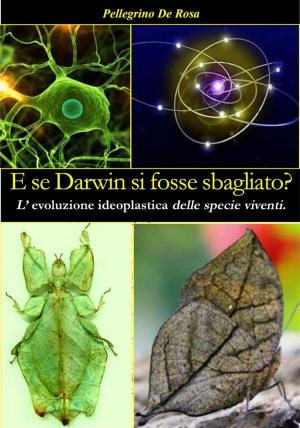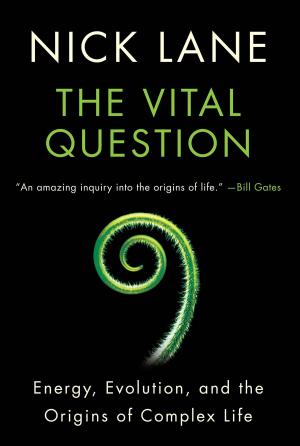The Wallace Line: Where Worlds Collide
Nonfiction, Science & Nature, Science, Biological Sciences, Evolution| Author: | Penny van Oosterzee | ISBN: | 9781301233052 |
| Publisher: | Penny van Oosterzee | Publication: | December 28, 2012 |
| Imprint: | Smashwords Edition | Language: | English |
| Author: | Penny van Oosterzee |
| ISBN: | 9781301233052 |
| Publisher: | Penny van Oosterzee |
| Publication: | December 28, 2012 |
| Imprint: | Smashwords Edition |
| Language: | English |
Why is it that the island of Bali is home to Asian birds such as the weaver bird, and the neighboring island of Lombok, just 24 kilometers away across a narrow strait, echoes to the screams of Australian cockatoos?
This extraordinary biological boundary is known today as The Wallace Line. Like his friendly rival and fellow biologist Charles Darwin, Alfred Russel Wallace traveled the world collecting and studying species that were new to science. His legacy is The Wallace Line, a near-magical boundary which doesn't simply explain where animals live today but provides a key to their evolution. His idea has had a profound effect on all biological thinking to the present day.
Penny van Oosterzee has written a remarkable book that follows Wallace's journeys through the islands of South East Asia, explaining his theory and how it has been interpreted by biologists since. She brings to life the excitement of his discoveries, and retraces his path as he gathered the evidence for his theory.
Where Worlds Collide is the fascinating story of a biologist's spectacular discovery that has deeply changed the way we view the world.
Why is it that the island of Bali is home to Asian birds such as the weaver bird, and the neighboring island of Lombok, just 24 kilometers away across a narrow strait, echoes to the screams of Australian cockatoos?
This extraordinary biological boundary is known today as The Wallace Line. Like his friendly rival and fellow biologist Charles Darwin, Alfred Russel Wallace traveled the world collecting and studying species that were new to science. His legacy is The Wallace Line, a near-magical boundary which doesn't simply explain where animals live today but provides a key to their evolution. His idea has had a profound effect on all biological thinking to the present day.
Penny van Oosterzee has written a remarkable book that follows Wallace's journeys through the islands of South East Asia, explaining his theory and how it has been interpreted by biologists since. She brings to life the excitement of his discoveries, and retraces his path as he gathered the evidence for his theory.
Where Worlds Collide is the fascinating story of a biologist's spectacular discovery that has deeply changed the way we view the world.

